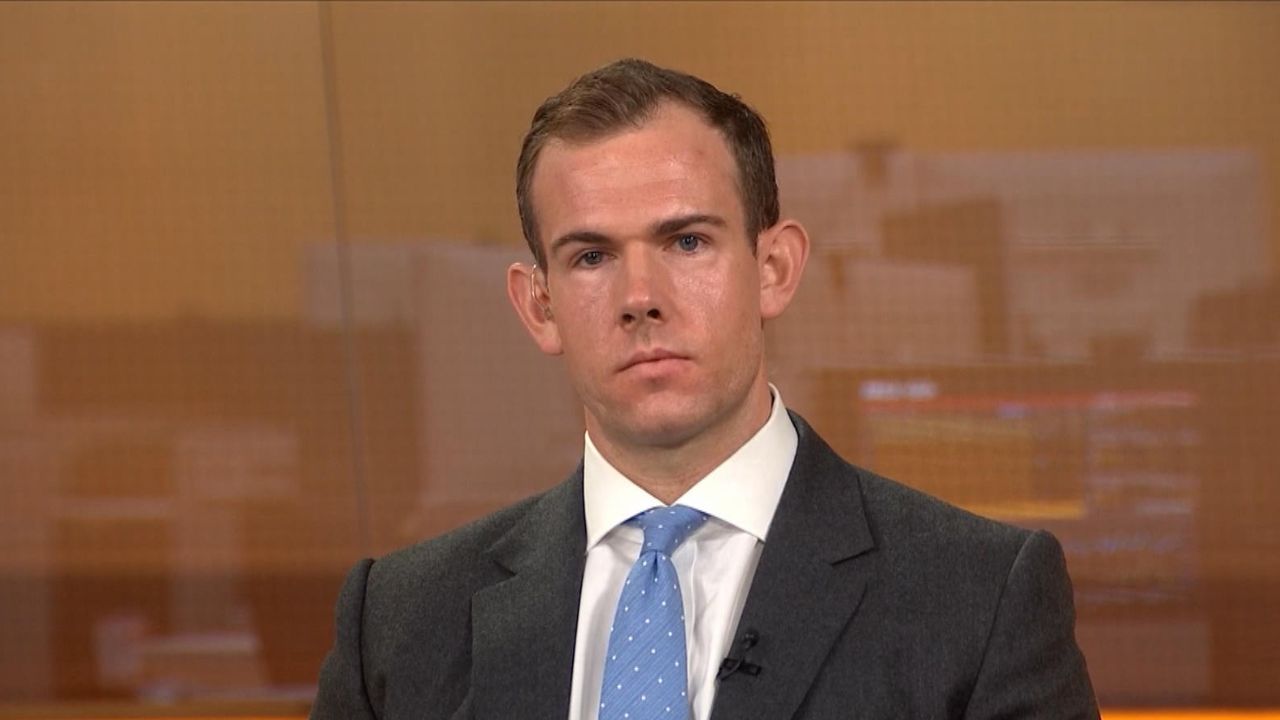The Bank of England is poised to maintain its benchmark interest rate at 5.25%, reflecting economists’ divided opinions on the timing of potential cuts.
Despite a significant drop in headline inflation to 3.4% in February, the central bank remains cautious about signalling its first reduction, anticipating a return to its 2% target by the second quarter.
The unexpected decline in inflation figures ahead of the interest rate decision provides a favourable backdrop for policymakers, signalling a potential easing of price pressures.
However, amidst economic challenges stemming from a recent recession and supply shocks triggered by geopolitical events, the Monetary Policy Committee (MPC) refrains from offering explicit guidance on rate adjustments.
Path to Policy Easing
Analysts speculate that the MPC may acknowledge market expectations for a rate cut in June, aligning with updated economic projections in May.

Berenberg’s Kallum Pickering suggests a gradual shift towards a dovish stance, noting recent dissenting voices in favour of rate hikes.
However, the timing and extent of rate adjustments remain uncertain, contingent on evolving economic data and labour market dynamics.
Labor Market Dynamics and Inflationary Pressures
The MPC closely monitors labour market indicators, wary of inflation risks embedded in tight labour conditions.
Weaker January data, including slowing wage growth and rising unemployment, tempered inflationary concerns but underscored the need for cautious policy adjustments.
Santander’s Victoria Clarke emphasizes the importance of upcoming data, particularly the National Living Wage rise in April, in informing the MPC’s decision-making process.

While some economists anticipate a rate cut as early as June, others advocate for a more prudent approach, citing ongoing uncertainties and the need for further evidence of contained inflationary pressures.
Moody’s Analytics suggests a potential rate reduction in August, contingent on moderating services inflation and wage growth. Uncertainty persists regarding the timing and extent of rate adjustments amidst evolving economic conditions.
